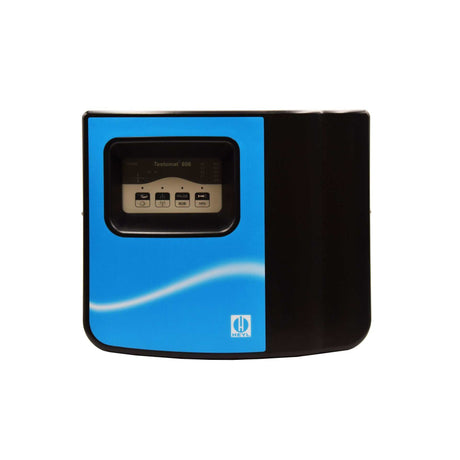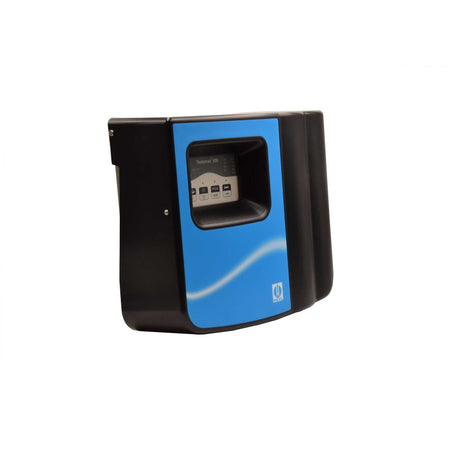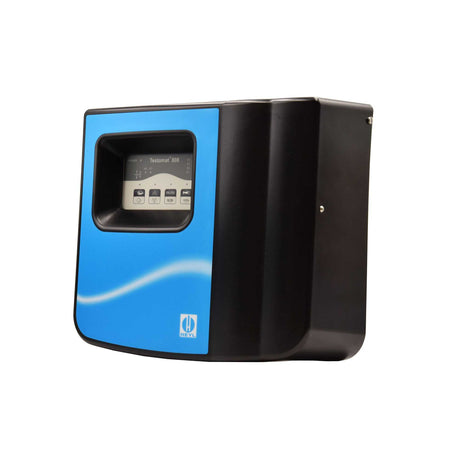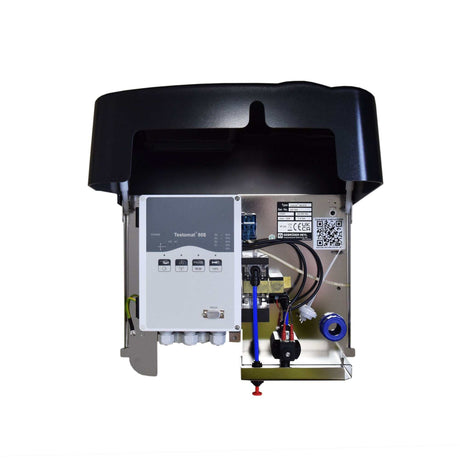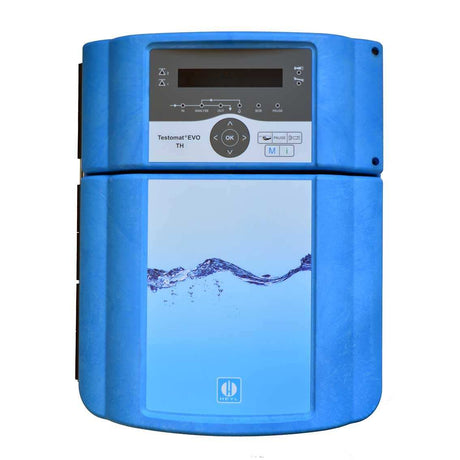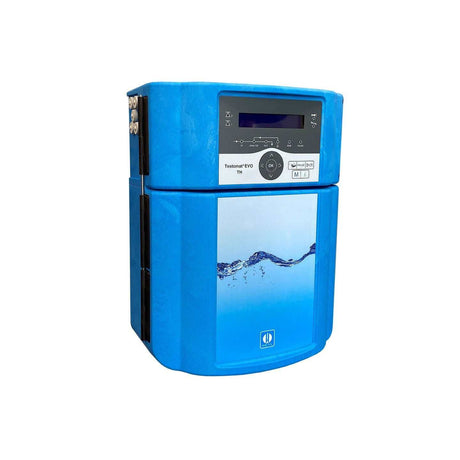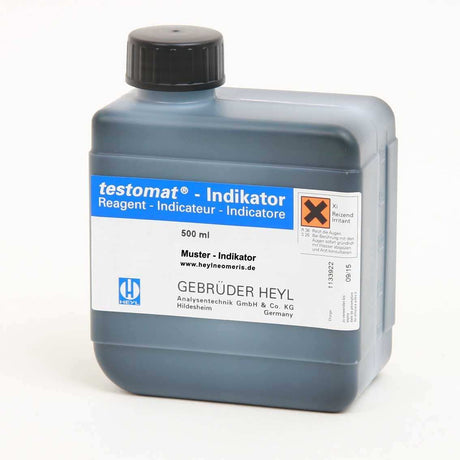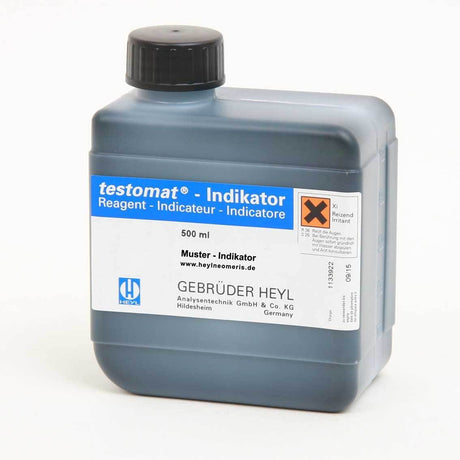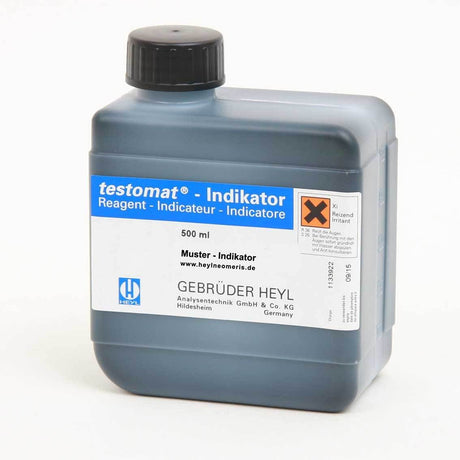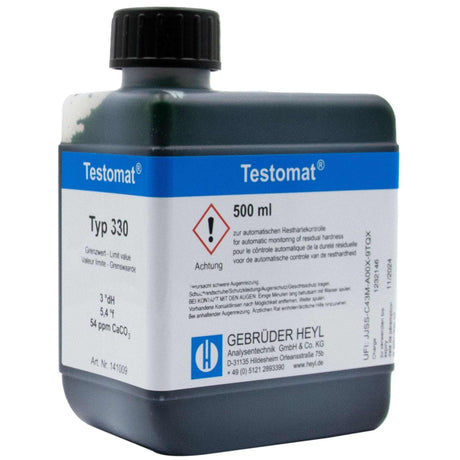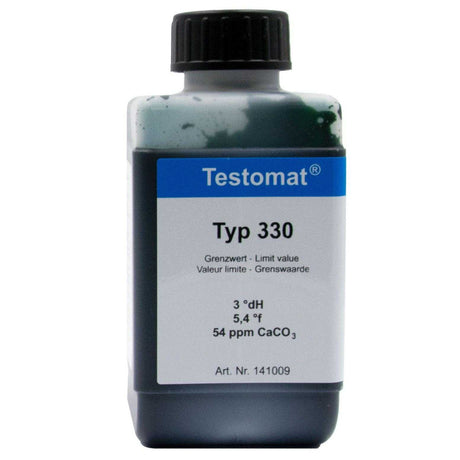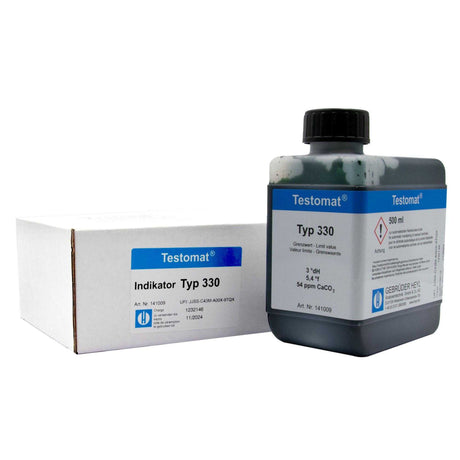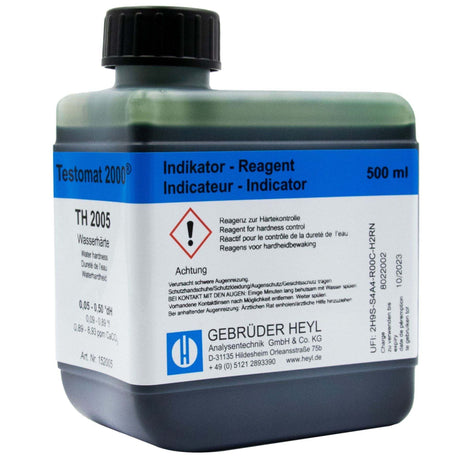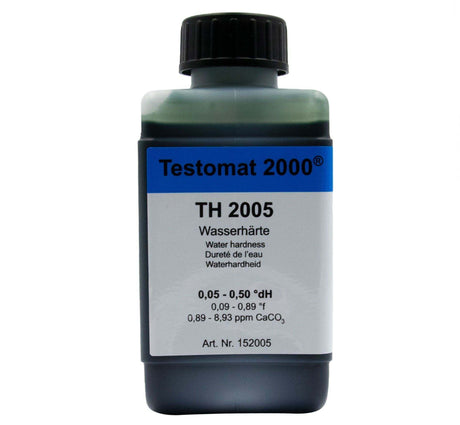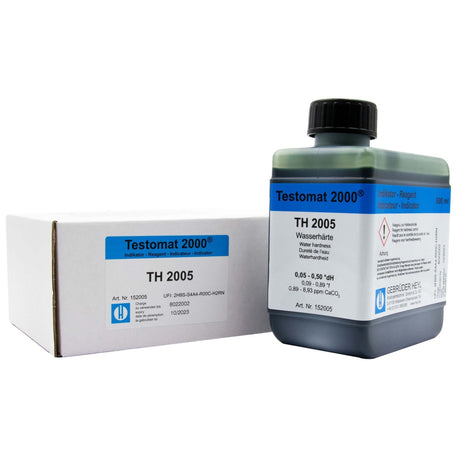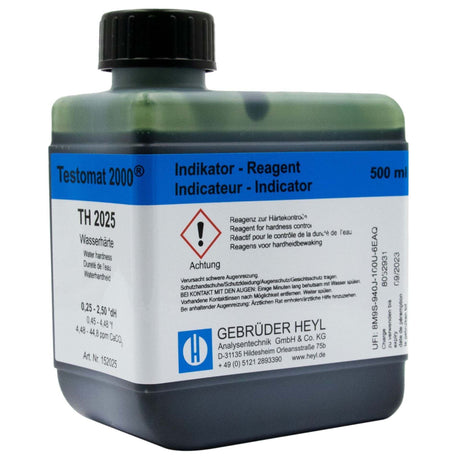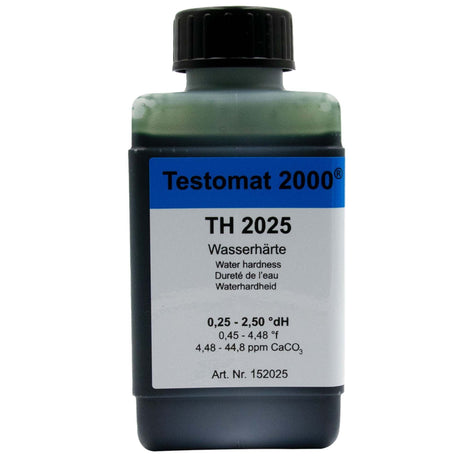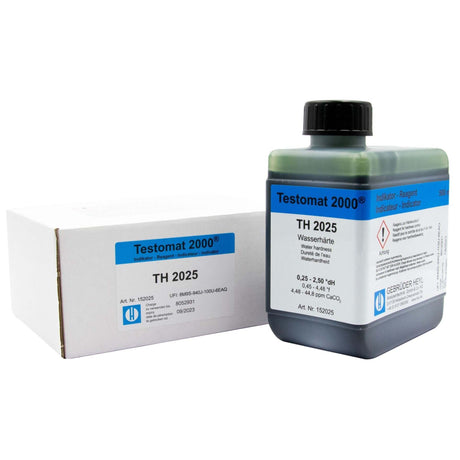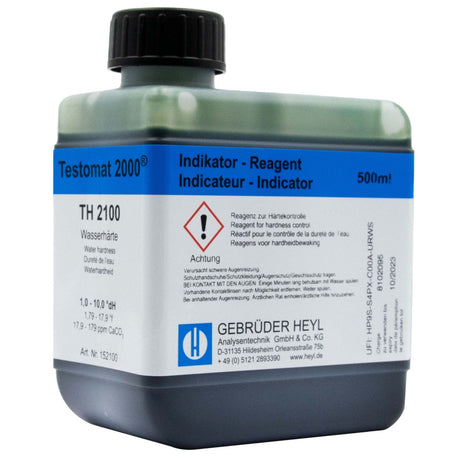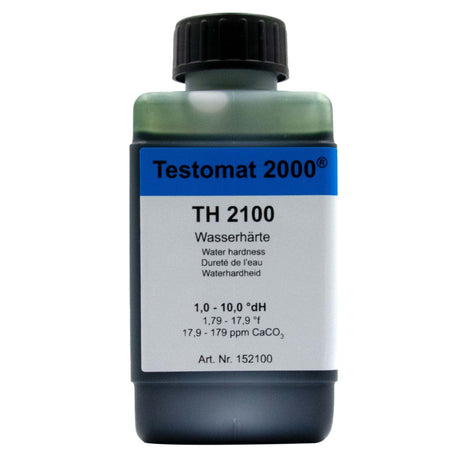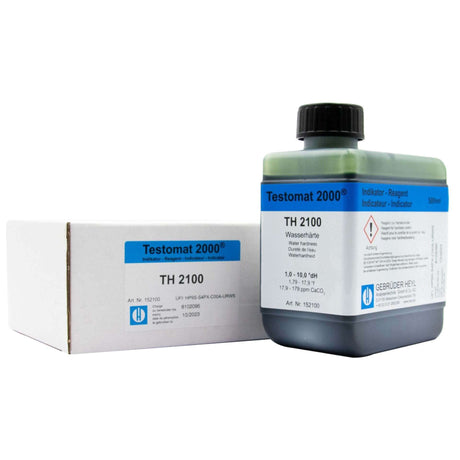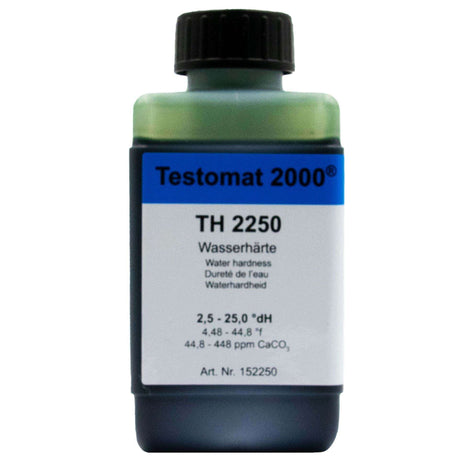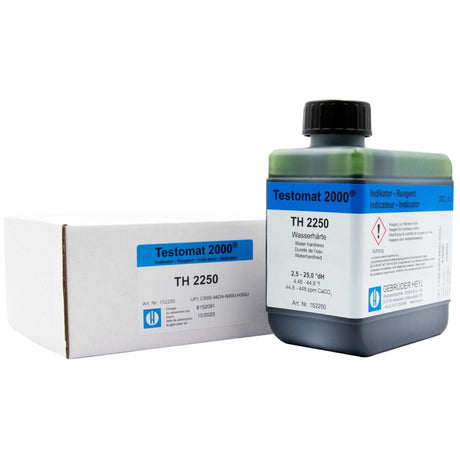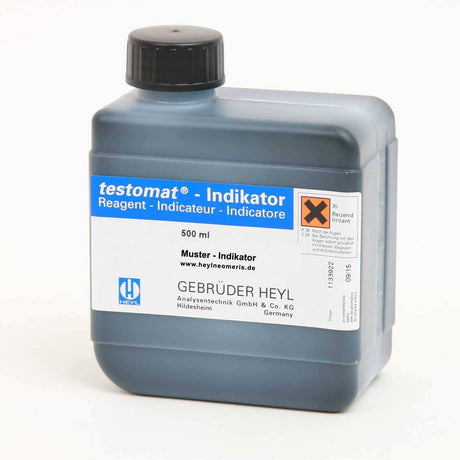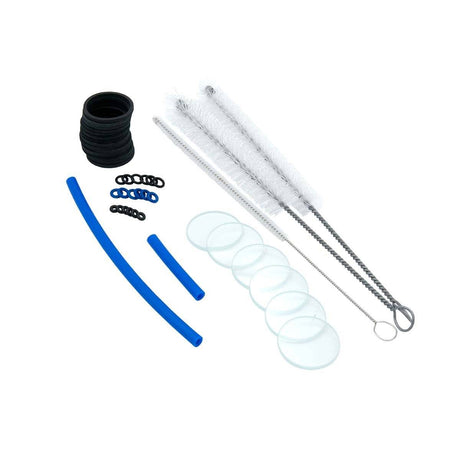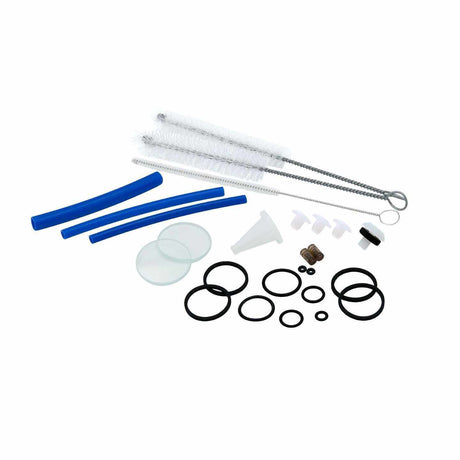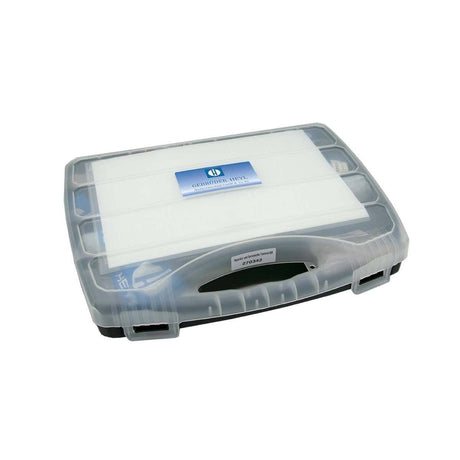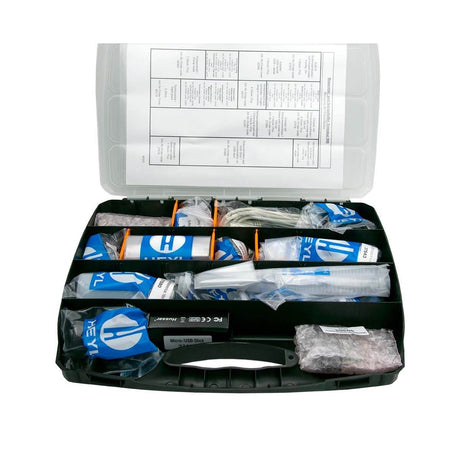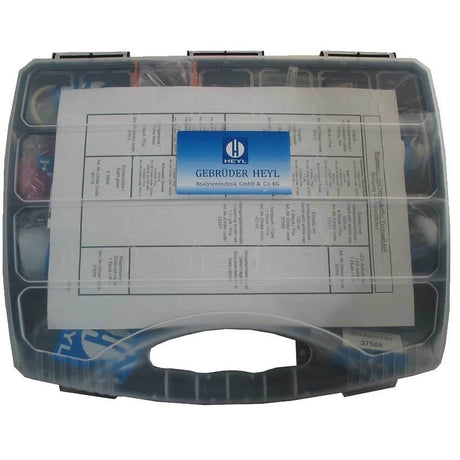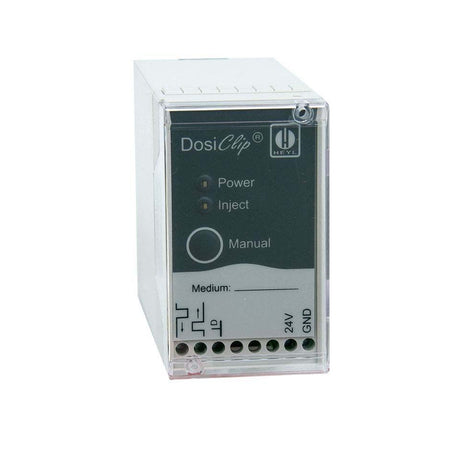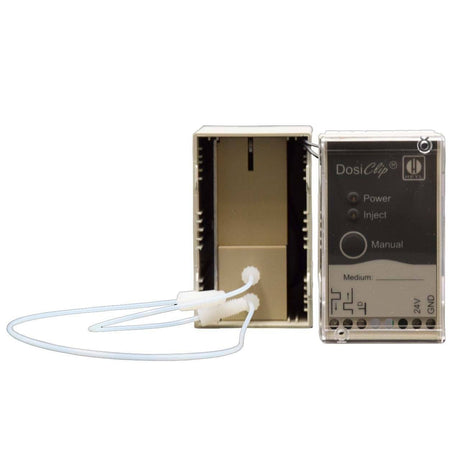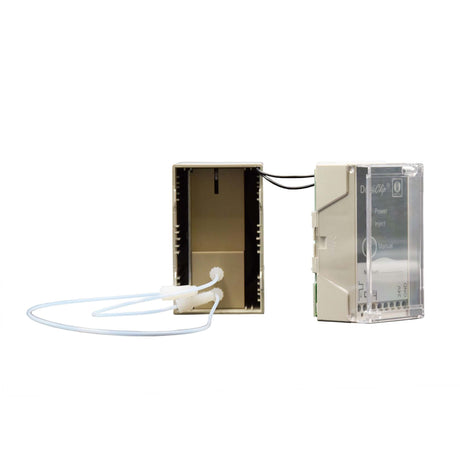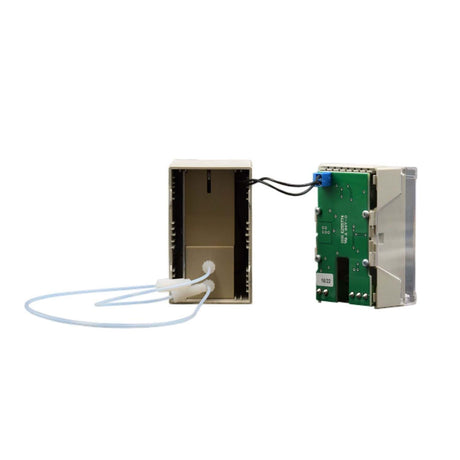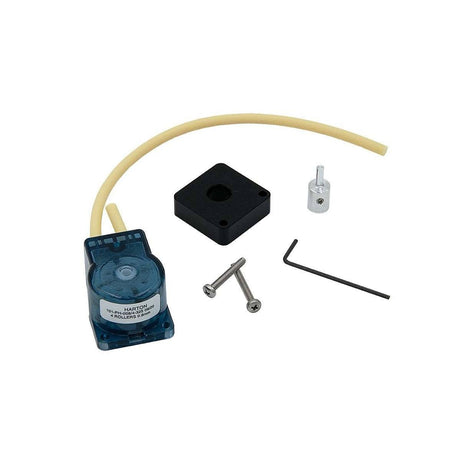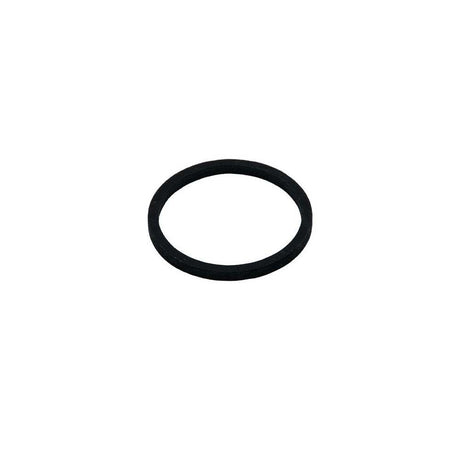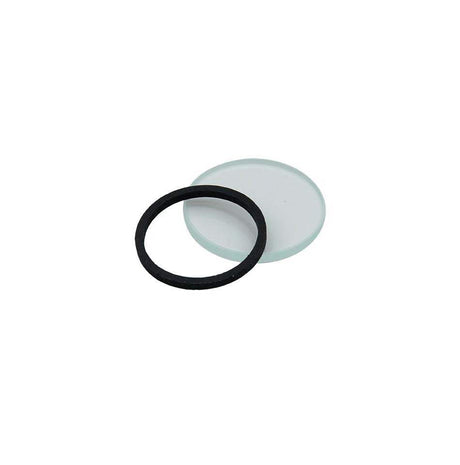
We offer on-site commissioning, servicing, repair, and training. Contact us for a quote.
Testomat 808 Hardness Monitor 230 V 100650
£2,646.61Unit price /UnavailableTestomat EVO TH Hardness Monitor 240 V 50HZ
£4,933.20Unit price /UnavailableTestomat 2000 - Testomat 2000 Hardness Monitor 230v 100096
£6,551.84Unit price /UnavailableTestomat 302 (F-BOB/808) Indicator Fluid 500ml 3.6ppm 141004
£119.25Unit price /UnavailableTestomat 303 (F-BOB/808) Indicator Fluid 500ml 5.4ppm 141005
£119.25Unit price /UnavailableTestomat 305 (F-BOB/808) Indicator Fluid 500ml 9ppm 141006
£120.00Unit price /UnavailableTestomat 310 (F-BOB/808) Indicator Fluid 500ml 18ppm 141007
£120.00Unit price /UnavailableTestomat® 808 indicator 330 141009
£119.25Unit price /UnavailableTH 2005 - Testomat (ECO/2000) Indicator Fluid 500ml 0.89 - 8.93ppm 152005
£119.25Unit price /UnavailableTH 2025 - Testomat (ECO/2000) Indicator Fluid 500ml 4 - 44.7ppm 152025
£119.25Unit price /UnavailableTH 2100 - Testomat (ECO/2000) Indicator Fluid 500ml 17.9 - 179ppm 152100
£119.25Unit price /UnavailableTH 2250 - Testomat (ECO/2000) Indicator Fluid 500ml 44.8 - 448ppm 152250
£119.25Unit price /UnavailableTestomat 2000 Reagent CL2250A 500 ml 156230
£129.31Unit price /UnavailableTestomat 2000 Reagent CL2250B 500 ml 156231
£342.13Unit price /UnavailableTestomat 2000 Reagent CL2250C 500 ml 156232
£299.88Unit price /UnavailableService Set Testomat 2000, Testomat ECO, Titromat, Testomat EVO TH 270360
£174.28Unit price /UnavailableTestomat 808 Service kit 270351
£174.73Unit price /UnavailableService Set Testomat 2000, Testomat ECO, Titromat, Testomat EVO TH 270352
£239.56Unit price /UnavailableTestomat T808 Repair & Service Case 270342
£1,617.67Unit price /UnavailableInjection pump DOSIClip complete 40001
£1,095.33Unit price /Unavailable- £155.74Unit price /Unavailable
Testomat Flat Gasket 24x2 EPDM 70 33777
£6.11Unit price /UnavailableTestomat Measuring Chamber Sight Glass Windows 30x3 with Gasket 40173
£26.40Unit price /Unavailable
Hardness Monitors Overview
Welcome to GAPS Water Treatment, your trusted partner for advanced Hardness Monitors, designed to ensure superior water quality across various applications. Our range of Testomat and Limitron monitors offers precise water hardness measurement, critical for maintaining the integrity of both residential and industrial water systems. These monitors are engineered for easy installation, allowing seamless integration into existing water management setups, whether for home use or complex industrial operations.
Hardness Monitors from GAPS Water Treatment provide accurate and reliable measurements by utilizing advanced titration methods or innovative resin shrinkage technology. This ensures that both residual and total hardness levels are monitored effectively, preventing potential damage caused by hard water, such as scale buildup in pipes and appliances. By maintaining optimal water quality, these monitors help extend the lifespan of your water systems and improve their efficiency.
Ideal for a wide range of uses, our monitors serve essential roles in industries requiring precise control over water hardness, such as boiler rooms, water treatment facilities, and potable water systems. Their user-friendly design and straightforward programming capabilities make them an excellent choice for those seeking hassle-free water quality management.
At GAPS Water Treatment, we are committed to providing top-tier products that combine quality with competitive pricing. Our Hardness Monitors are backed by fast delivery and exceptional customer support, ensuring that you receive the service and guidance needed to optimize your water systems effectively.
Explore our extensive selection of Hardness Monitors today and discover how they can enhance your water quality and system performance. Visit our website to learn more about our offerings and find the perfect solution for your needs. Contact us for personalized assistance and support. Trust GAPS Water Treatment for all your water quality management needs, where precision, innovation, and reliability come together.
Why Buy From GAPS Water Treatment?
Discover Why GAPS Water Treatment is Your Top Choice for Water Filtration product solutions
Frequently Asked Questions
Testomat Hardness Monitors
What is a Testomat Hardness Monitor?
What is a Testomat Hardness Monitor?
Testomat Hardness Monitors are devices designed to measure the residual and total hardness in water. They utilize titration methods to provide accurate readings, ensuring water quality in various applications such as water softeners, blenders, and potable water systems.
What are the primary applications of Testomat Hardness Monitors?
What are the primary applications of Testomat Hardness Monitors?
These monitors are commonly used in industries requiring precise water hardness control, such as steam generators in boiler rooms, water treatment facilities, and drinking water systems.
How do I install a Testomat Hardness Monitor?
How do I install a Testomat Hardness Monitor?
Begin by selecting a suitable wall-mounted location near your water source. Secure the monitor to the wall using appropriate fittings. Connect the water inlet and outlet according to the manufacturer’s instructions, ensuring all connections are tight to prevent leaks.
Do I need any special tools for installation?
Do I need any special tools for installation?
Basic tools like a drill and screwdriver are typically required. Refer to the specific model's installation guide for any additional tools that may be needed.
How do Testomat Hardness Monitors work?
How do Testomat Hardness Monitors work?
These monitors automate the process of testing water hardness through titration. They measure the change in color of a reagent when it reacts with calcium and magnesium ions in the water, allowing for precise hardness determination.
Is the monitor easy to program?
Is the monitor easy to program?
Yes, most models feature a user-friendly, menu-driven interface that allows for straightforward programming and operation.
What maintenance does the Testomat Hardness Monitor require?
What maintenance does the Testomat Hardness Monitor require?
Regular maintenance includes checking reagent levels, cleaning components, and verifying calibration. It’s important to follow the maintenance schedule outlined in the user manual to ensure optimal performance. GAPS Water Treatment offer Servicing Contracts - Contact us for a quotation.
How often should I replace the reagents?
How often should I replace the reagents?
Reagent replacement frequency depends on usage levels. Check the manual for specific guidelines, but typically, reagents should be replaced every few months or when indicated by the monitor.
What should I do if the monitor shows inaccurate readings?
What should I do if the monitor shows inaccurate readings?
First, ensure that the device is properly calibrated. Check for any obstructions in the water flow and verify that the reagents are fresh and properly installed. If issues persist, consult the troubleshooting section of the user manual or contact customer support.
The monitor is not turning on; what could be the issue?
The monitor is not turning on; what could be the issue?
Check the power supply and ensure that all electrical connections are secure. Inspect the fuse and replace it if necessary. If the problem continues, professional servicing may be required. Contact us for a quotation.
Limitent and Limitron Hardness Monitors
What are Limitent and Limitron Hardness Monitors?
What are Limitent and Limitron Hardness Monitors?
Limitent and Limitron Hardness Monitors are advanced devices designed to monitor water hardness without using chemicals or water. The Limitent model comes with a controller, while the Limitron model is designed to integrate with other systems. They employ a resin shrinkage or expansion method to provide reliable hardness control.
What are the key applications for these monitors?
What are the key applications for these monitors?
Both Limitent and Limitron monitors are typically installed after water softening units to protect downstream systems such as reverse osmosis units from hard water breakthrough. They are essential in maintaining the integrity of industrial and residential water systems.
How do I install a Limitent or Limitron Hardness Monitor?
How do I install a Limitent or Limitron Hardness Monitor?
For the Limitron, install it in the feed of the reverse osmosis system. For the Limitent, install it in the soft water pipe following softening units. Ensure all connections are secure and follow the specific installation guide for detailed steps. If the Limitron is to be installed directly into a reverse osmosis system, an additional installation component may be required.
What precautions should be taken during installation?
What precautions should be taken during installation?
Install an overpressure protection in the feed water line upstream of the unit. Ensure that the spare sensor is flushed and soaked in soft water before installation.
How do these monitors operate?
How do these monitors operate?
Both monitors use a measuring principle based on resin shrinkage or expansion to detect water hardness. The Limitent provides a visual indication of hardness breakthrough, while the Limitron connects to a control system to alert for hardness changes.
Is the interface user-friendly?
Is the interface user-friendly?
Yes, the Limitent model offers visual indicators for easy monitoring, while the Limitron can seamlessly integrate with digital inputs for straightforward operations.
What maintenance do these monitors require?
What maintenance do these monitors require?
Maintenance is minimal since neither device uses chemicals. Regular checks on the resin sensor and connections are recommended, with easy replacement of the resin sensor if needed.
Are there any specific conditions to maintain optimal performance?
Are there any specific conditions to maintain optimal performance?
Store spare sensors in soft water/permeate and ensure the feed water pressure is maintained between 2 – 6 bar for both models.
What should I do if the monitor is not functioning correctly?
What should I do if the monitor is not functioning correctly?
Verify all electrical connections and ensure the sensor is installed properly. Check the potential-free contact connections and consult the user manual for specific troubleshooting steps if problems persist.



